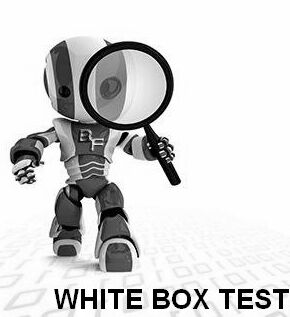What is WHITE BOX TESTING
White box testing strategy deals with the internal logic and structure of the code. White box testing is also called as glass, structural, open box or clear box testing. The tests written based on the white box testing strategy incorporate coverage of the code written, branches, paths, statements and internal logic of the code etc. Refer the advantages , Disadvantages, techniques & pdf tutorials about white-box testing

In order to implement white box testing, the tester has to deal with the code and hence is needed to possess knowledge of coding and logic i.e. internal working of the code. White box test also needs the tester to look into the code and find out which unit/statement/chunk of the code is malfunctioning
Advantages of White box testing :
- As the knowledge of internal coding structure is prerequisite, it becomes very easy to find out which type of input/data can help in testing the application effectively.
- The other advantage of white box testing is that it helps in optimizing the code
- It helps in removing the extra lines of code, which can bring in hidden defects.
Disadvantages of white box testing:
- As knowledge of code and internal structure is a prerequisite, a skilled tester is needed to carry out this type of testing, which increases the cost.
- It is nearly impossible to look into every bit of code to find out hidden errors, which may create problems, resulting in failure of the application.
LEVELS / TECHNIQUES OF WHITE-BOX TESTING
- UNIT TESTING
- STATIC & DYNAMIC ANALYSIS
- STATEMENT COVERAGE
- BRANCH COVERAGE
- SECURITY TESTING
- MUTATION TESTING
